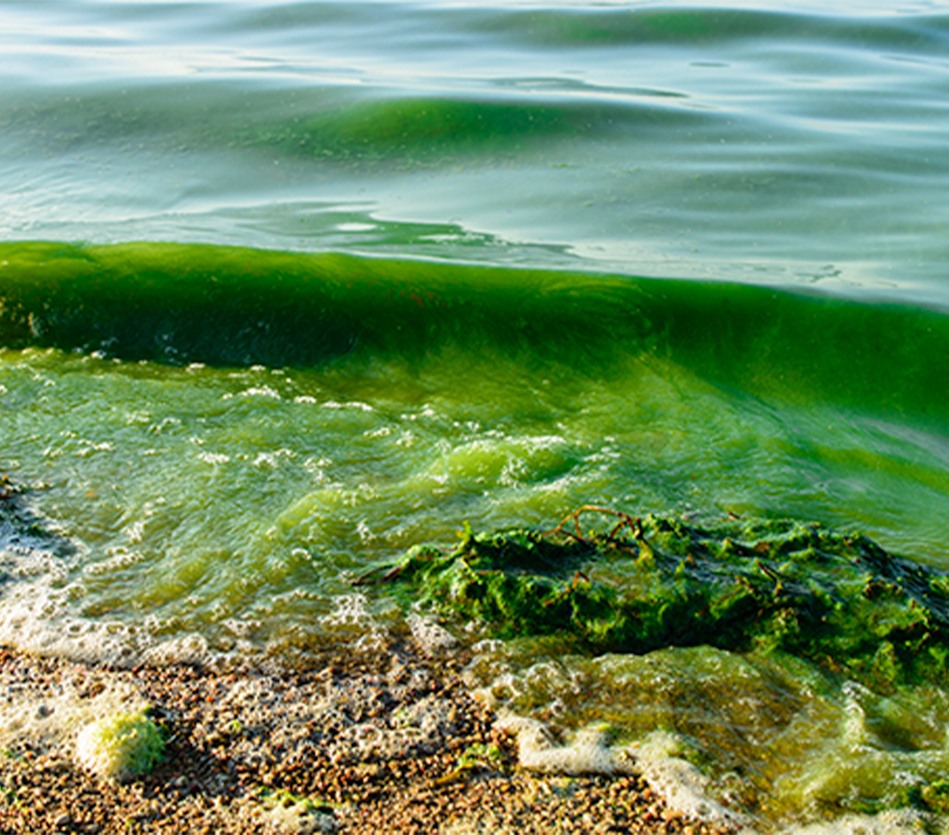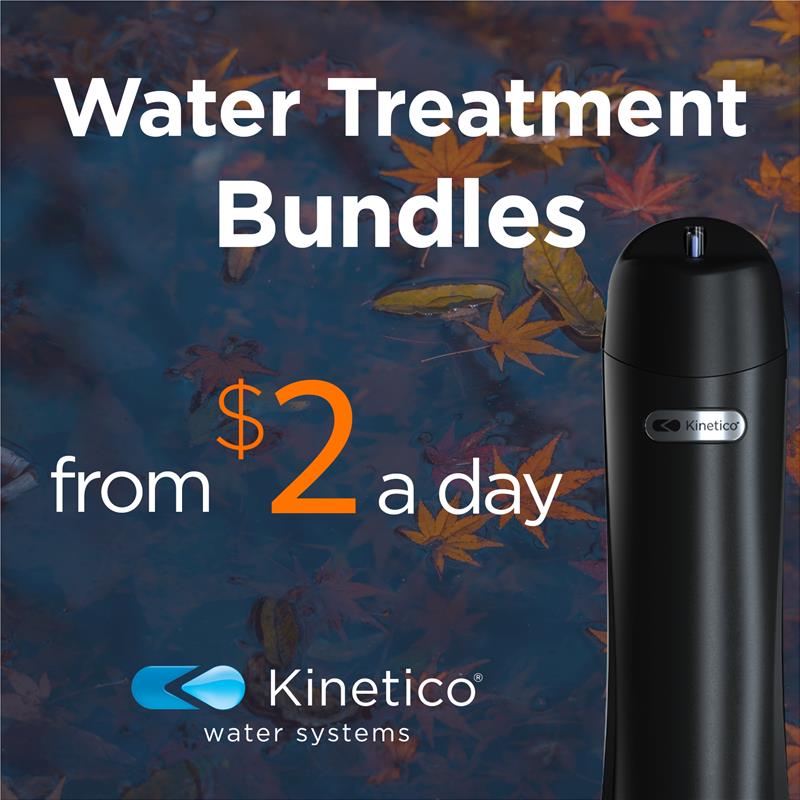Understanding the root causes of problem water - and how it could be affecting your home.
The quality of your home's water goes beyond taste—it influences your health, protects your plumbing and appliances, and contributes to a more sustainable environment.
By identifying and addressing water issues, you can enjoy cleaner, safer water while protecting your home and reducing waste. Some contaminants cause unpleasant tastes or odors, but many are invisible and undetectable without proper testing.

How Does Algae Affect Indiana's Water?
According to articles from FOX 59 News and CBS 4, these algae are more than just an eyesore in the Great Lakes, and Indiana. The scientific name for these blooms is cyanobacteria, which, despite the name “algae,” are actually bacteria that thrive in warm, nutrient-rich water. These bacteria can cause your water to have a moldy, almost dirty taste.
In this article from the National Centers for Coastal Ocean Science (NCCOS), the greater Indianapolis area, Lake Erie, and the other surrounding Great Lakes, are directly tied to local drinking water sources and recreation. During summer months—typically from July through October—cyanobacterial blooms often increase in the western basin of the lake, fueled by warmer water temperatures and excess phosphorus run-off from agricultural lands, urban areas, and stormwater systems.
These blooms can form visible mats or scum on the water’s surface, producing cyanotoxins that are harmful to humans, pets, and wildlife if ingested or contacted. Local water utilities—including Indiana’s—position their raw water intakes farther offshore and deeper in the water column to reduce the immediate impact of surface algae and plastics. However, during intense blooms and periods of lower oxygen in deeper water, dissolved metals like manganese may also be released from the lakebed, complicating treatment processes.
Recent articles posted by Great Lakes Now blooms are lasting longer in the Great Lakes - some seasons now stretching beyond earlier boundaries—homeowners using lake-influenced systems or private wells near affected waters should remain vigilant. Water testing and advanced treatment technologies, such as activated carbon filtration or membrane systems, can provide added protection against cyanotoxins and improve overall water safety and quality.
What Are Algae Blooms?
Blue-green algae, also referred to as algae blooms or algal blooms, are a slimy green substance that forms a layer of scum on the surface of bodies of water like ponds, lakes, and in some cases the ocean. The scientific term for the substance is cyanobacteria, and it is, in fact, not algae at all. Blue-green algae is a bacteria that most often shows up in summer when temperatures are warmer. Warm weather creates the proper environment for the green slime to grow in warmer waters.
The blue-green algal blooms form in bodies of water due to excess nutrient levels. The primary nutrients that cause the blooms are nitrogen and phosphorus. Naturally occurring amounts of nitrogen and phosphorus already exist in the environment, but we add more of these nutrients to water sources through practices like fertilizing yards and farmlands. When the nutrients are added to the soil, they are deposited into water by way of the hydrological cycle. This can cause an oversupply of nitrogen and phosphorus in the bodies of water making the right conditions for algal blooms to form.


Special Offers
SAVE Up to 25% on Whole-Home Water Treatment
Get A Reverse Osmosis Drinking Water System for FREE When You Bundle!
Take advantage of our Monthly Financing offers and pay just $2/Day!
Kinetico Indy Has The Solution!
Eliminate The Odors and Tastes From Your Water!
How Does Reverse Osmosis Work?
Reverse osmosis, or RO, is a water treatment process in which water passes through a semi-permeable membrane which allows water molecules to pass through and leaves others behind. Reverse osmosis is known for producing great-tasting pure water and being highly effective for contaminant removal. The Kinetico K5 Drinking Water Station uses exclusive seven-stage protection, including reverse osmosis, to ensure your family drinks and cooks with water that is free of heavy metals, minerals, chemicals, and any bad tastes and odors.

Contaminant-Free Water For Everyone and Everything
- All your family members have great water with the K5 Drinking Water Station®. Pets love clean, contaminant-free water too!
- Water houseplants with K5 water and know you aren't adding contaminants to the soil.
- Rinse your foods with water from your K5's dedicated tap. Wash away possible pesticides and contaminants without adding any.
Eliminates bad tastes & odors
- The K5 reduces chlorine & other contaminants that cause water to taste and smell bad.
- Water from the K5 produces crystal-clear ice cubes free of funny tastes, preventing your drinks from unwanted flavors.
- When K5 drinking water is used to cook and bake foods, flavors and aromas are even more satisfying.
Are you ready for contaminant-free water?


